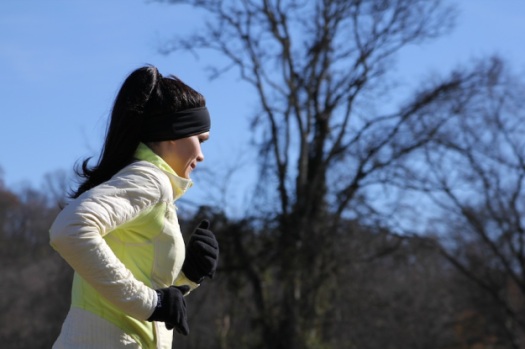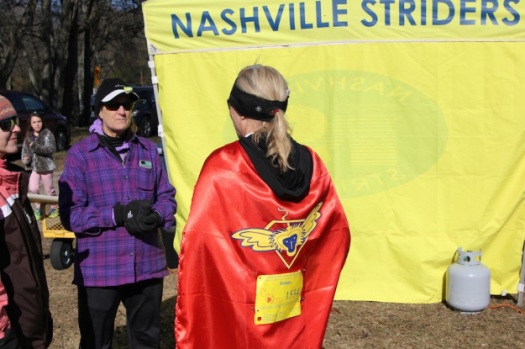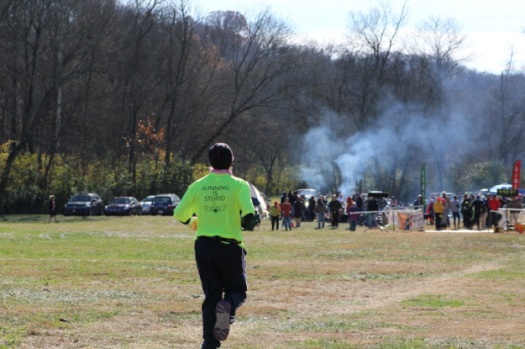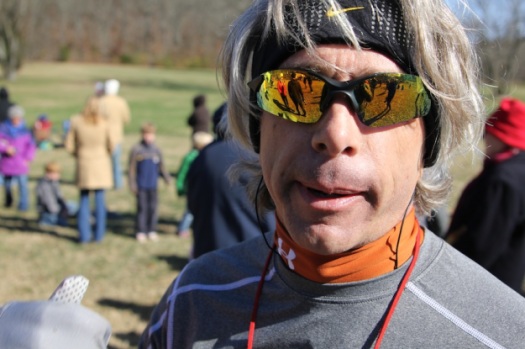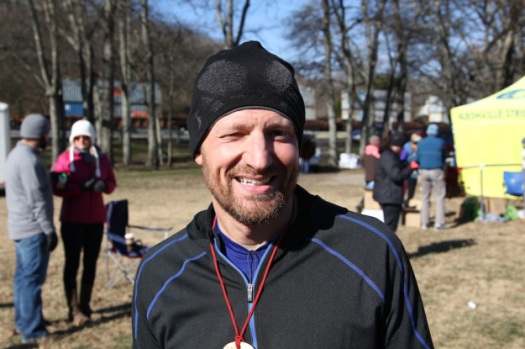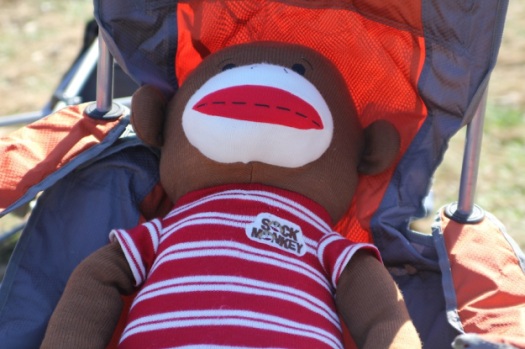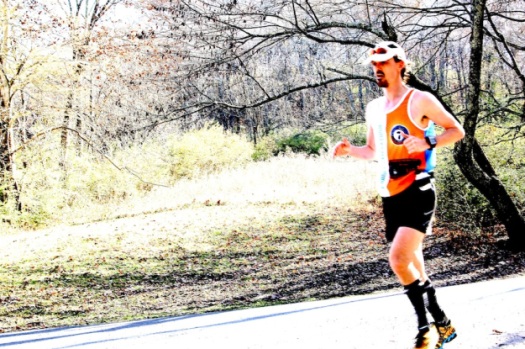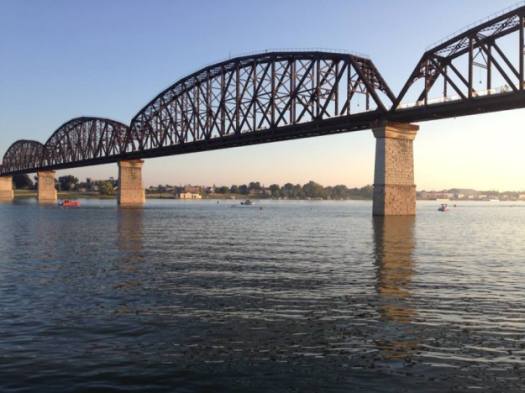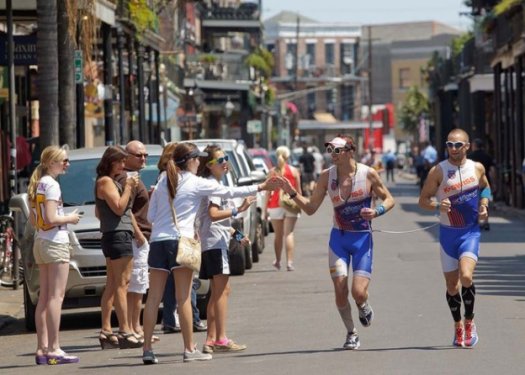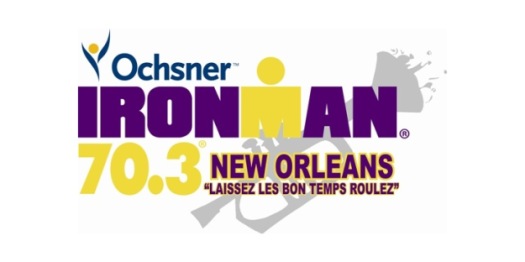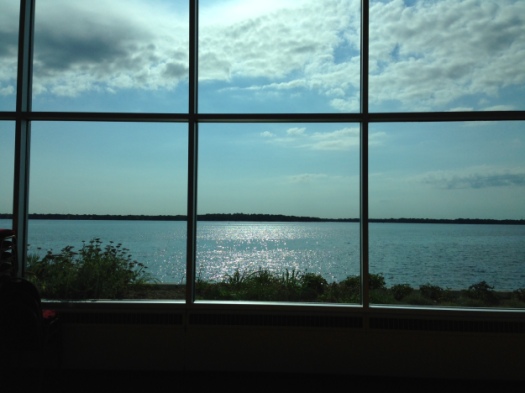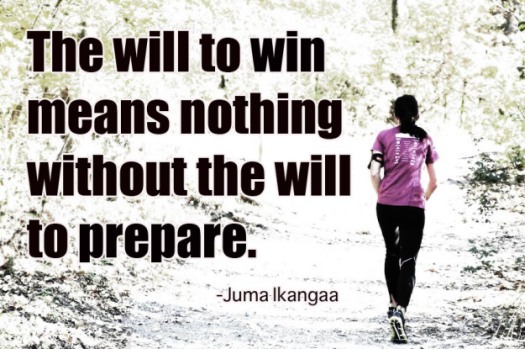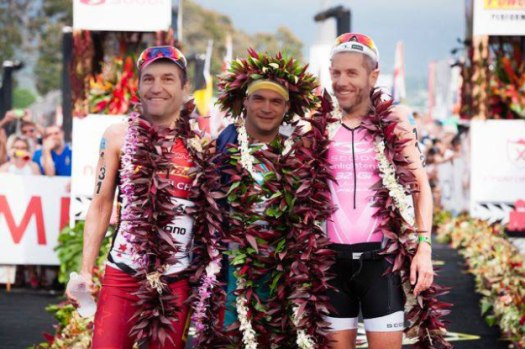“The two most powerful warriors are patience and time.” — Leo Tolstoy
I grew up in little Midwestern town called Beloit, Wisconsin with a tenacious group of friends. We played until the sun went down, and often thrived under the moon. Endurance junkies that didn’t know shit about hydration or nutrition — we just played until we dropped.
My knees throbbed, my ankles ached, and my hands . . . wrinkled like prunes. I was too young to understand, but somewhere deep inside all of this toil, was a hidden love for Ironman.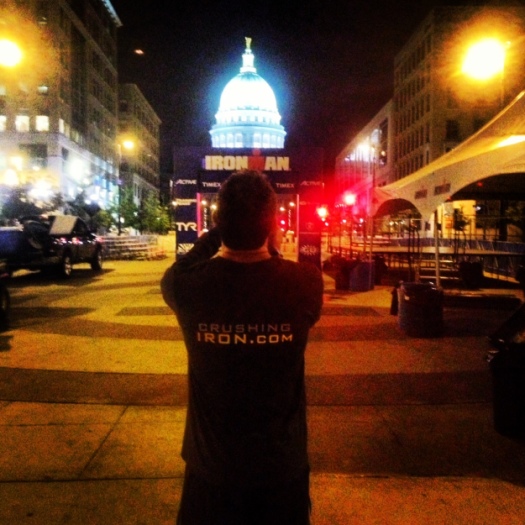
When I went to college, it was more of the same, but I quickly added drinking to my list of endurance routines. An Irish Boy with a training base built over hundreds of years and I did my best to uphold tradition.
Competitive softball replaced college and took me all over the Midwest on a fancy tour bus. Sometimes we played 6 or 7 games a day, all for the right to carry home a trophy nobody else cared about.
After softball, I went back to endurance drinking because it was easy. The first step is always “take action” and for some reason pouring a drink is infinitely easier than tying a pair of running shoes or filling two water bottles.
Alcohol is patient and it prevailed for the next 15 years, but the “easy way” certainly wasn’t making life easy. I wish I would have realized all of this waste, but time was the only thing that could heal my wounds.
Somehow I found the strength to change priorities. My decline was imperceptible to the naked eye, but I was falling apart. Not much was making sense and the deeper I went, the more confusing it became. It all started to change when I discovered and accepted running.
And run I did.
For the next eight months, I found a new muse. “One more beer” started morphing into “one more lap” and that simple substitution may have saved my life.
Eventually it rekindled my fascination with the Ironman I first saw as a child. Who were those crazy bastards doing insane amounts of endurance from sunrise till sunset? Their behavior was so unusual that it never occurred to me I could be one. But I didn’t have a choice.
I signed up for Wisconsin on a whim. It was my home state, and in some ways I looked at it as another chance to go back and showcase for the locals. I’d left a mark in baseball, now I would leave one in triathlon.
The day after I signed up, I started writing about the quest. Years of endurance drinking buried emotions and now they flowed like an all night keg stand.
Ironman branded my brain and I searched my soul for its meaning. The frightening swim, the daunting bike, and the run I never really believed I could do, ever . . . let alone at the end.
The blog became a daily dose of convincing myself I could be an Ironman. I served my thoughts on a platter for the world to chew and spit out. I praised the race for setting a new bar, a new standard for a new person.
I shredded my body in a masochistic experiment just to prove I belonged. Long, torturous swims, rides and runs that left me exhausted, yet inspired to grab that elusive feeling I couldn’t quite explain.
I’d raced Ironman Wisconsin countless times before I jumped into Lake Monona. I’d finished the race in my mind, I just needed to deliver the proof.
The 11:58:58 next to my name in the Ironman annals proves we are officially “an item,” but the honeymoon is over. Now, I must seduce her again.
The first thing I noticed after the race was a feeling of extreme relief. But that is what Steven Pressfield (The War of Art) would call “Resistance” tricking me into believing the job is finished. A persistent voice in my head telling me, “You have nothing to prove, now go back to your comfortable ways of drinking late into the night, sleeping in, and making excuses.”
That is a battle I will likely fight to my grave. That temptation to take the easy route. The temptation to put it off to tomorrow. The temptation to squash the pain with a drink, a nap, or an eating binge.
Life is never easy, but I have other plans. I have seen how discipline, focus, and hard work can take me to a new place. Now it’s about finding the time and patience to court Ironman again in 2014. I look forward to the challenge, I just wish she wasn’t such a bitch.
